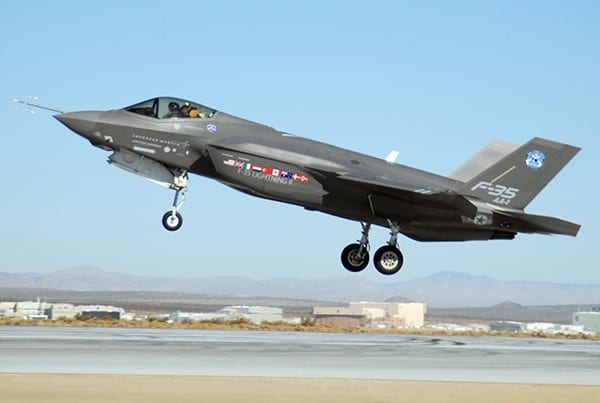
Editor: Vladimir Bajic | Tactical Investor
Endless F35 Problems: Challenges Persist
Updated Aug 2023
One of the most significant problems is the Autonomic Logistics Information System (ALIS), a computer network that provides logistical support, mission planning, and maintenance capabilities to the F-35. The system has been criticized for its complexity and unreliability, often requiring manual inputs due to errors.
Another issue is the F-35’s helmet-mounted display system. The $400,000 helmet is designed to provide pilots with situational awareness by projecting a 360-degree image of the surroundings onto the visor. However, pilots have reported problems with the system, including latency issues and difficulties in distinguishing between friendly and enemy forces.
The F-35’s engine, the Pratt & Whitney F135, has also been a concern. The engine has been linked to several incidents, including the one you mentioned, and has been criticized for its high cost and maintenance requirements.
The F-35’s stealth capabilities have also been questioned. While the aircraft is designed to be nearly invisible to radar, some experts argue that advances in radar technology may soon render this advantage obsolete.
Despite these issues, the F-35 remains critical to the U.S. military’s future plans. The aircraft’s advanced capabilities, including its sensor fusion, networking, and stealth features, are seen as key to maintaining air superiority in future conflicts. However, the ongoing technical issues and high costs associated with the F-35 program continue to be a source of controversy.
F35 Problems: Assessing the Investment Value
The F-35 Joint Strike Fighter program, developed by Lockheed Martin, is one of the most expensive military projects in history, with an estimated lifetime cost of over $1.7 trillion. However, the program has been plagued by technical issues and delays, raising questions about whether the investment is worth it.
One of the most significant problems is the Autonomic Logistics Information System (ALIS), a computer network that provides logistical support, mission planning, and maintenance capabilities to the F-35. The system has been criticized for its complexity and unreliability, often requiring manual inputs due to errors. For instance, in 2023, software problems with the F-35’s latest upgrades caused Lockheed Martin to deliver roughly 30 to 50 fewer fighters than it planned, costing the firm between $210 million and $350 million.
The F-35’s engine, the Pratt & Whitney F135, has also been a source of concern. The engine has been linked to several incidents, including a fire on the runway during engine start. Furthermore, the engine is running twice as hot as it was designed to, requiring earlier and more frequent aircraft maintenance. This extra heat could add up to $38 billion in maintenance costs to the program in the coming decades.
Despite these issues, the F-35 remains critical to the U.S. military’s future plans. The aircraft’s advanced capabilities, including its sensor fusion, networking, and stealth features, are seen as key to maintaining air superiority in future conflicts. However, the ongoing technical issues and high costs associated with the F-35 program continue to be a source of controversy.
In conclusion, while the F-35 has its merits and is a significant part of the U.S. military’s strategy, the cost and technical issues associated with the program make it a contentious investment. It’s a complex issue that requires careful consideration of both the strategic benefits and the financial and technical challenges.
Analyzing F-35 Problems and Costs: Is It Worth the Investment?
When evaluating the F-35, one cannot ignore the recurring concern – the F-35 problem of its substantial price tag. Currently, the unit cost is around $150 million, especially for the VTOL version, and the maintenance cost is approximately $31,000 per flight hour. This makes it expensive compared to the skilful 4.5-generation fighters available. For example, the Eurofighter Typhoon boasts a unit cost of about $110 million and significantly lower maintenance expenses at $18,000 per hour.
The high price of the F-35 is partly attributed to the project’s ambitious nature, which encountered its fair share of F35 problems. Essentially, engineers were tasked with developing three different aircraft within the program. However, it’s crucial to note that the per-unit cost is expected to decrease as more fighters are produced. Currently, the plan includes delivering 2400 units to the US and several hundred more to foreign buyers. This aligns with the original concept of the F-35 – mass production to achieve a lower unit cost.
Despite the ongoing F35 problems and high costs associated with the F-35 program, the aircraft remains a topic of debate. Whether the benefits outweigh the drawbacks continues to be a subject of intense discussion within the defence community.
In conclusion, while the F-35 faces persistent F35 problems and a substantial price tag, its future hinges on the promise of lower per-unit costs as production scales up. Whether the F-35 ultimately proves its worth remains a complex and evolving question in military aviation. Full Story
Other articles of interest:
Breaking the Silence: Depression Among Adults with Autism










